FKM Multispectral Fluorescence Dynamic Microscopy Imaging System Helps Scientists Explain the Special Photosynthetic Mechanism of Begonia Blue Leaves October 2016, the international authoritative academic journal Nature Publishing Group's sub-Journal "Nature Plants" published a research paper Heather Whitney research team of the University of Bristol. Thesis studied a shade plant begonia ( for Begonia grandis × B. pavonina, begonias and peacock begonia hybrids), it was found by his blue iridescence leaf, with its unique photosynthetic plastids iridoplast To enhance photosynthesis and adapt to the extremely low light environmental conditions ( Jancs , 2016 ) . A long time ago, scientists discovered that some terrestrial plant leaves growing in low-latitude tropical rainforest ecosystems exhibited an iridescent blue colour phenotype at a particular viewing angle (Lee & Lowry, 1975; Lee, 1991). At first, it was thought that this blue color may be caused by a special pigment, but the corresponding pigment was not extracted in subsequent studies. Through the observation of transmission electron microscopy (TEM), in a variety of plants with blue halo phenotypes such as round fruit Du Ying, round leaf brocade and peacock begonia, the scientists found that the lower parietal wall of the paraxial epidermal cells adjacent to the leaf There is a specialized plastid (Gould & Lee, 1996; Lee, 1991), and this plastid is named iridoplasts, which is translated into a faint body in the domestic literature (Wang Wei, 2012). FKM (Fluorescence Kinetic Microscope ) multi-spectral fluorescence dynamic microscopic imaging system is currently the most powerful and comprehensive plant microscopic fluorescence research instrument, which can be said to be the only instrument system that can solve this problem perfectly. It can not only carry out Fv/Fm, Kautsky induction effect, fluorescence quenching, OJIP rapid fluorescence response curve, QA reoxidation and other chlorophyll fluorescence and MCF of microalgae, single cell, single chloroplast or even granule-matrix cystic fragment. Multi-color fluorescence imaging analysis; measurement of any fluorescence excitation and fluorescence release bands by excitation source group, such as fluorescent proteins, fluorescent dyes, and phycocyanin, algae, such as GFP, DAPI, DiBAC4, SYTOX, and CTC Imaging analysis of algae-specific fluorescent pigments such as albumin and phycobilin; and spectroscopic analysis of various fluorescences to distinguish chromophores (such as PSI and PSII and various light-harvesting pigment complexes) analysis. Nature official website: PLANT SCIENCE : How some plants adapt to shade For more information about the FKM ( Fluorescence Kinetic Microscope ) multispectral fluorescence dynamic microscopy imaging system, please visit the official website of Beijing Yi Ketai Ecological Technology Co., Ltd. , or contact us for technical news and original texts. Yi Ketai Ecological Technology is committed to introducing, digesting, absorbing and innovating international advanced bio-ecological research techniques, providing plant phenotypic analysis, crop stress sensitivity and resistance testing, phototrophic bioreactor/algae cultivation and online monitoring, and ecotoxicity. Science testing technology solutions and experimental services and cooperation. Its Ecolab laboratory is currently equipped with FluorCam closed fluorescence imaging system, FluorCam closed fluorescence imaging system, FluorCam portable fluorescence imager, FL3500 chlorophyll fluorescence instrument, FluorPen handheld chlorophyll fluorescence instrument, AquaPen algae fluorescence instrument, PolyPen handheld plant spectrum Measuring instrument, SpectraPen LM500 handheld spectrometer, PlantPen handheld spectrometer, FMT150 algae cultivation and online monitoring system, MC1000 8- channel algae cultivation and online monitoring system, MicroMac1000 automatic nutrient salt analysis monitoring system, FMS CO 2 /O 2 respiratory measurement analysis The system has established long-term technical cooperation and exchange relations with the Institute of Botany of the Chinese Academy of Sciences, the Institute of Aquatic Sciences of the Chinese Academy of Sciences, the Chinese Academy of Agricultural Sciences, and Shaanxi Normal University. Welcome to contact experimental cooperation and technical training. mailbox: , ; Tel: 010-62615899 references: Organic Alfalfa Grass Powder,Alfalfa Leaf Powder,Organic Alfalfa Leaf Powder,Young Leaf Powder Alfalfa Hengshui Shanzhi Health Drink Co., Ltd , https://www.grasspowder-sz.com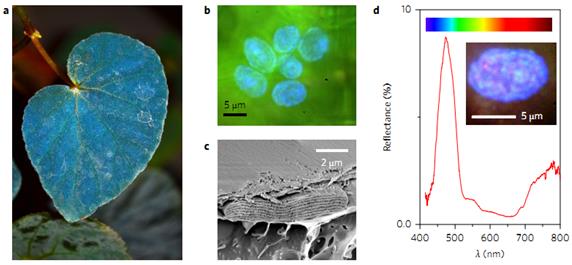
Figure 1. begonias blue iridescence blade and iridescence body iridoplast. A. The blade photo b. Iridescence body epi-light microscopy bright field photograph c. A single iridescence body scanning electron micrograph d. Features of a single iridescence body reflection spectrum curve 
Figure 2. Schematic diagram of the color distribution of the cross-section of the leaf tissue of Begonia 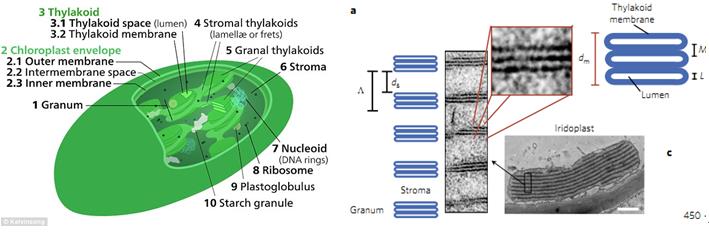
Figure 3. Left: Schematic diagram of general chloroplast structure; Right: Transmission electron micrograph of ultrastructure of Begonia 
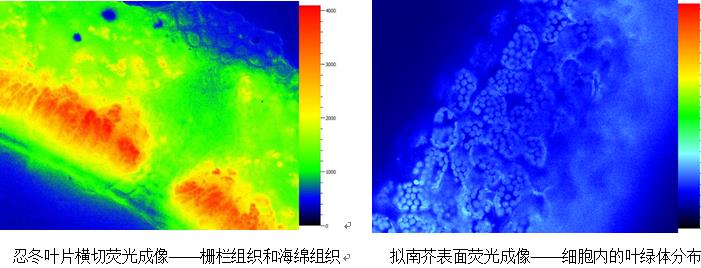
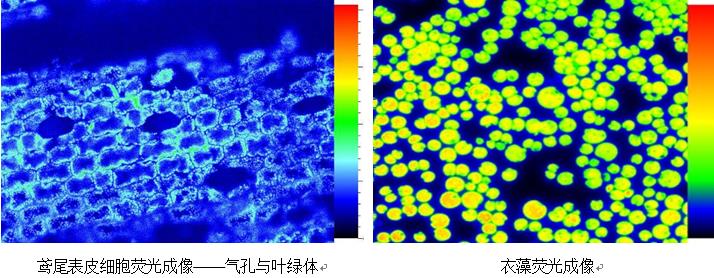
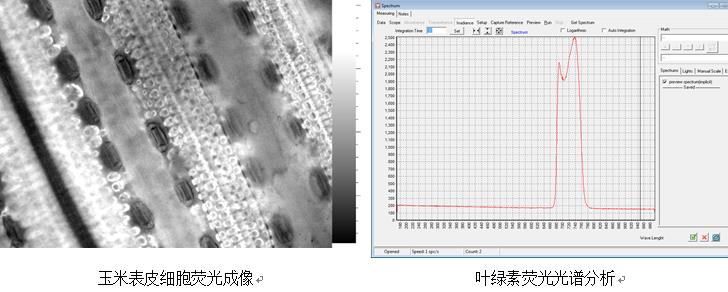

British Daily Mail: Mystery of begonia's bizarre BLUE leaves solved: Quantum trick allows the plant to harvest more light
Tencent Technology: New Evolution: Research Calls Begonia Mysterious Blue Leaves to Collect More Sunlight
Science Network: Research says the mysterious blue leaves of Begonia can collect more sunlight
Bio Help: Nat Plants: British scholars reveal blue leaves to help plants grow in dark environments
1. Jacobs M, et al. 2016. Photonic multilayer structure of Begonia chloroplasts enhances photosynthetic efficiency. Nature Plants, doi:10.1038/nplants.2016.162
2. Wang Wei, Li Yuhua, Zhang Wei . 2012. Research progress on the mechanism and biological function of low-light plant structure color in tropical rain forest . Journal of Horticulture, 39 ( 11 ): 2291-2300
3. Lee DW , Lowry J B. 1975. Physical basis and ecological significance of iridescence in blue plants. Nature , 254: 50-51.
4. Lee D W. 1991. Ultrastructural basis and function of iridescent blue colour of fruits in Elaeocarpus. Nature , 349: 260-261.
5. Gould KS , Lee D W. 1996. Physical and ultrastructural basis of blue leaf iridescence in four malaysian. American Journal of Botany , 83 (1): 45-50.
Application of FKM Multispectral Fluorescence Dynamic Microscopy Imaging System to Study on Special Photosynthetic Mechanism of Blue Leaves of Begonia
Later studies found that the fading body is also a chloroplast, but their internal structure is very different from the general chloroplast. Generally, the granules composed of thylakoids in the chloroplast are different in size and unevenly distributed. The basal particles formed by 3 to 4 thylakoids are regularly distributed in the body of the Begonia. These granules act like an optical crystal, strongly reflecting light of 430-560 nm wavelength, causing the leaves to be blue-stained; and strongly absorbing green light, which is the most important light in the low-light environment under the forest. Green light is the most difficult light for photosynthesis in general plants.
But if the work of Heather Whitney's research team only goes through this step, then it is only repeating the work of the predecessors on the Begonia, and there is not much breakthrough. These studies have inferred its ability to utilize low-light and green light under the forest by the difference in spectral characteristics and microstructure of the faint body, but no one has directly measured the photosynthetic capacity of the faint body directly. Of course, this is also because there is no corresponding equipment to perform such measurements.
Figure 4. Chlorophyll fluorescence micrograph and spectral analysis results measured by FKM system
So the FKM system is the perfect choice for the Heather Whitney research team. They measured their maximum photochemical efficiency Fv/Fm by directly performing chlorophyll fluorescence dynamic imaging measurements of mesophyll chloroplasts, guard cell chloroplasts, and chromoplasts (also known as maximum quantum yield, ie, photosynthetic systems convert photons into electrons). Ability), found that the Fv/Fm of the faint body is significantly higher than that of the meat chloroplast and the guard cell chloroplast. Thus, for the first time, it was proved that the color body not only enhanced the capture of green light in the shaded environment, but also increased the quantum yield under low light conditions by 5-10% .
Figure 5. Chlorophyll fluorescence imaging and quantum yield analysis of chloroplast and halo bodies of Begonia
This research shows the magical evolution of plants in the process of adapting to the environment. At the same time, it also shows the public how scientists can start from the simple phenomena around them and reveal their internal mechanisms and laws. Therefore, from the beginning of the article, the domestic and foreign media have reported extensively: